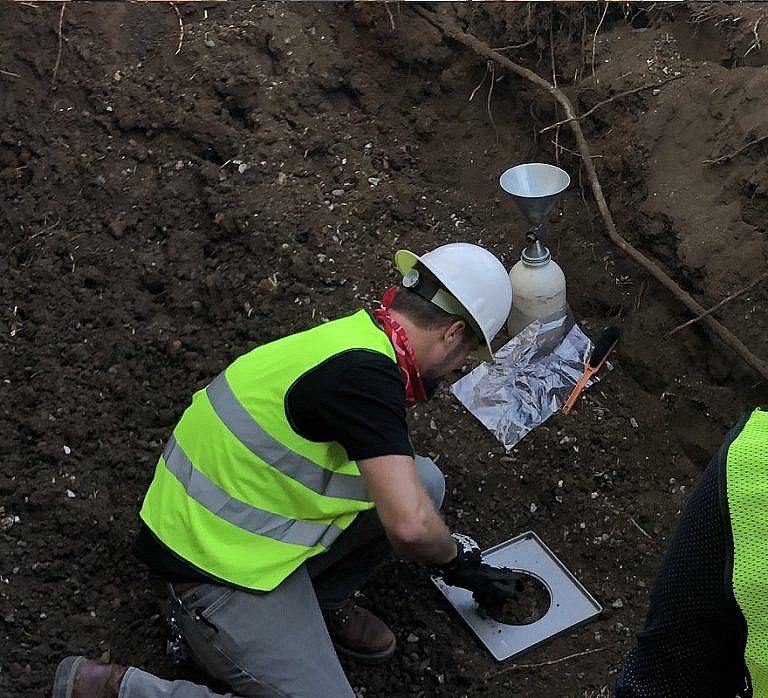Lumber Moisture Content Grade
Lumber moisture grading is a manufacturer-provided value of moisture content, for consumers and contractors to use. There are five (5) lumber moisture content designations (S-GRN, S-DRY, KD, MC 15, and HT).
Lumber Moisture Grading
Lumber grade “S-GRN” stands for “surface green,” which means it is not dry, and has a moisture content greater than 19%. Whereas grade “S-DRY” stands for “surface dry,” and means the lumber was air-dried to reach a moisture content that is less than or equal to 19%. Moreover, lumber moisture grade “KD” stands for “kilin dry,” which means the lumber was dried using a heated kilin, for a moisture content less than or equal to 19%. And lumber grade “MC-15” stands for “moisture content 15%,” meaning the lumber has been treated to a level that is less than or equal to 15%. Lastly, grade “HT” stands for “heat-treated,” meaning the lumber has been treated to at least 133° Fahrenheit for at least 30 minutes. And this is understood to eliminate insects living in the wood.


